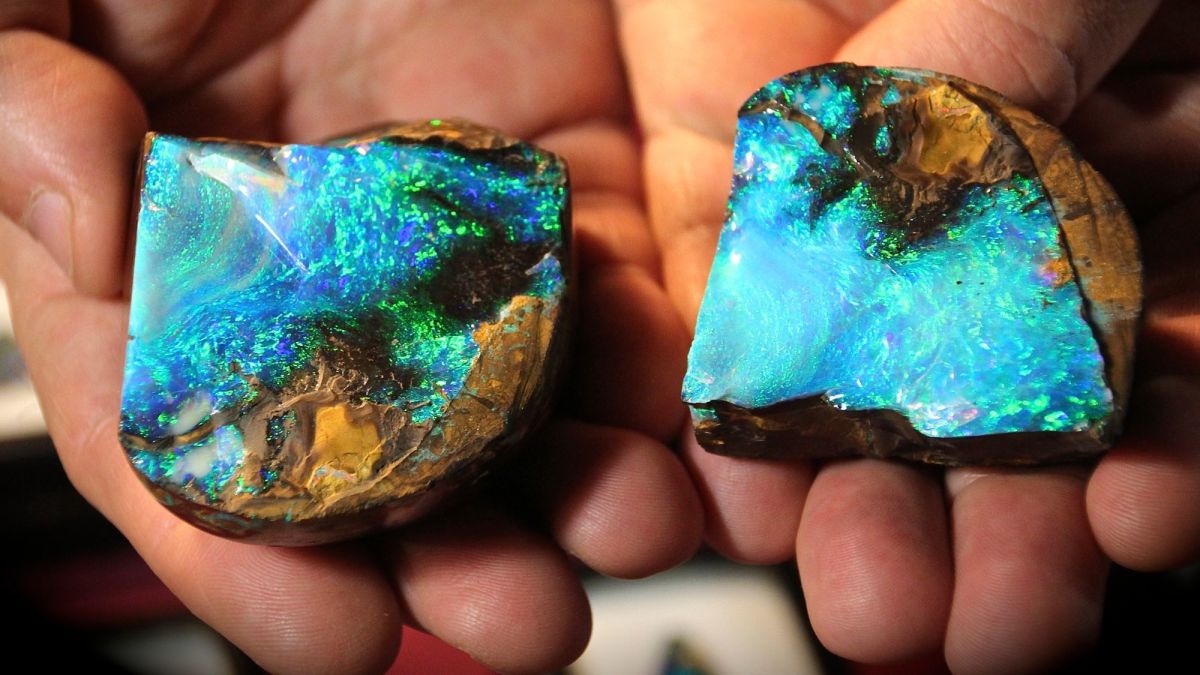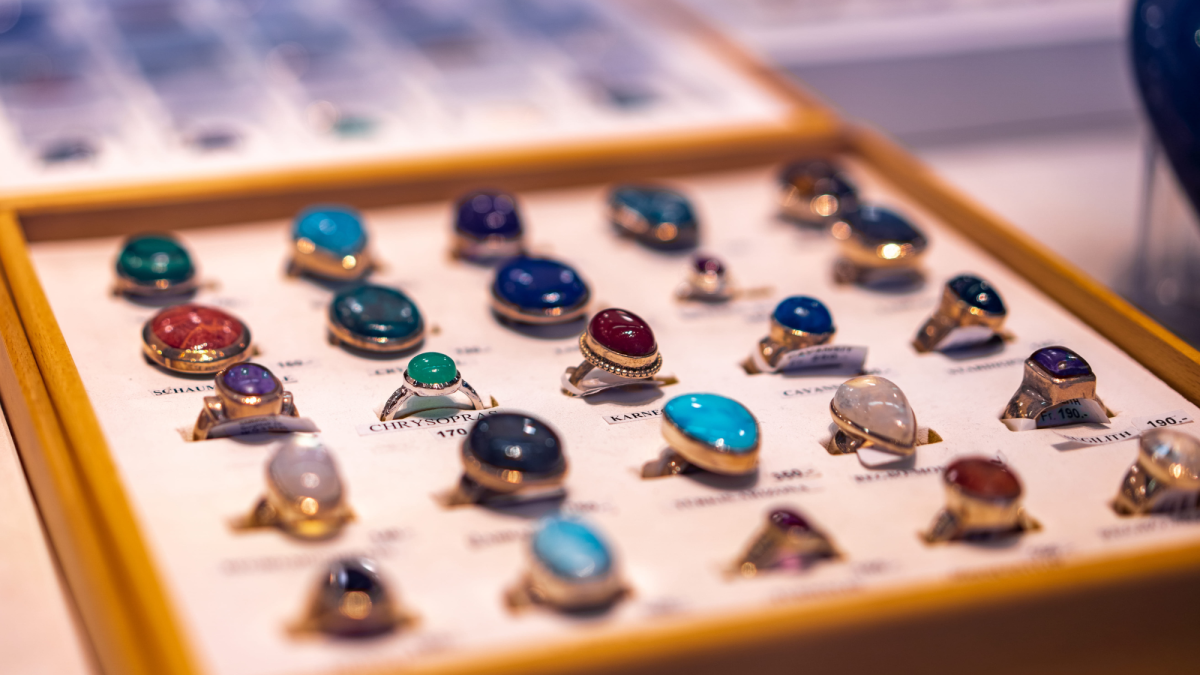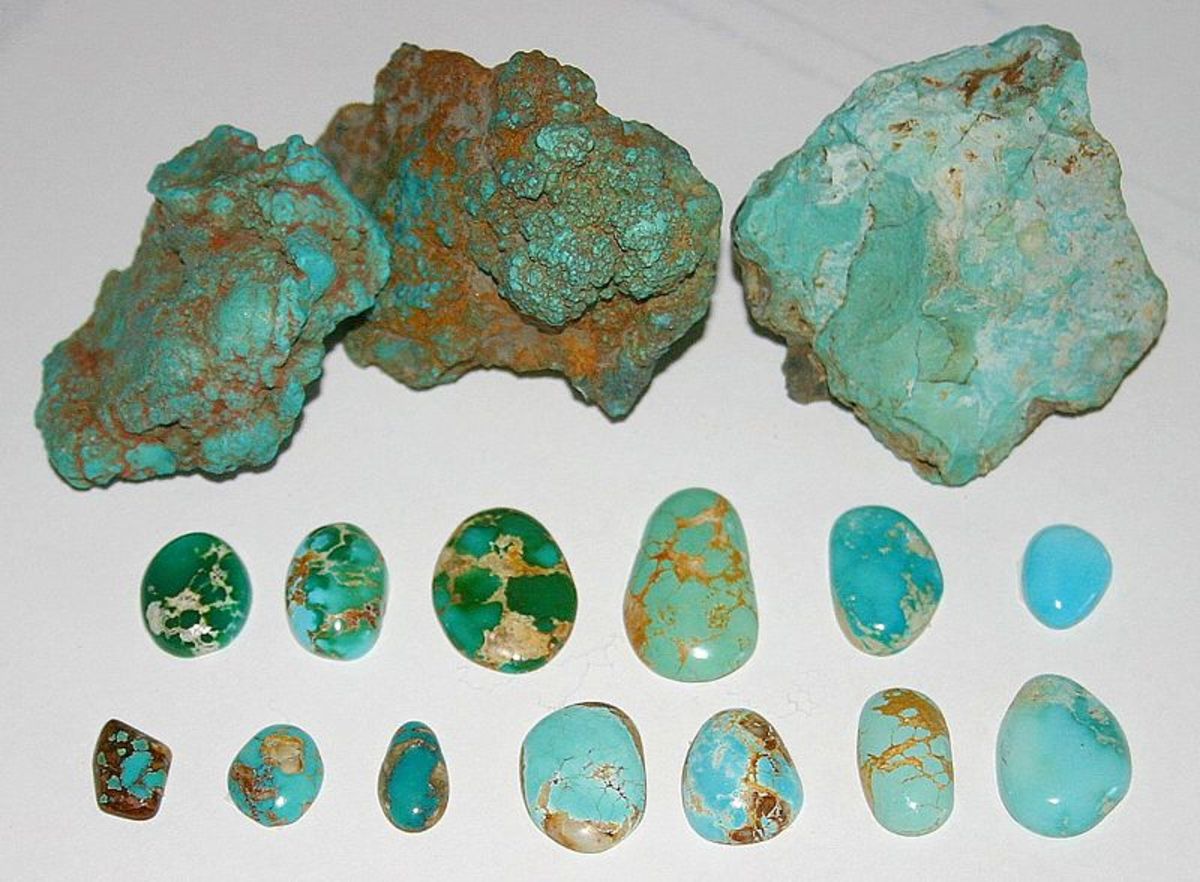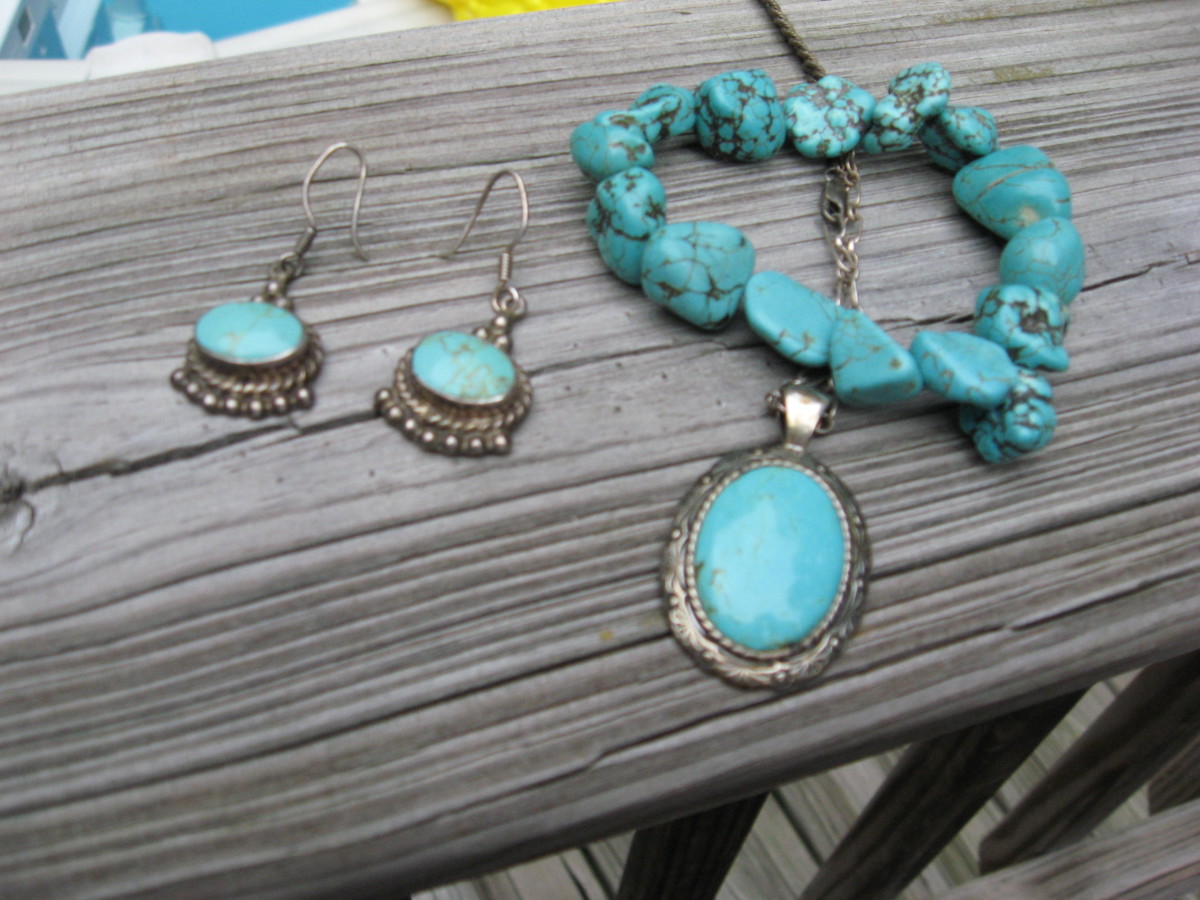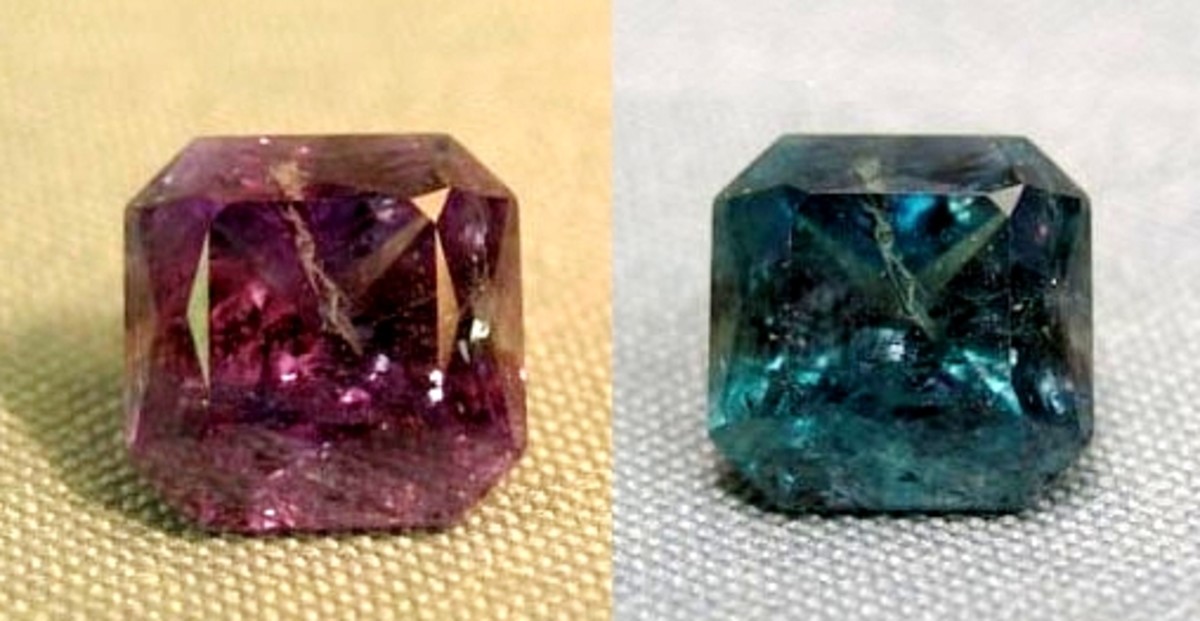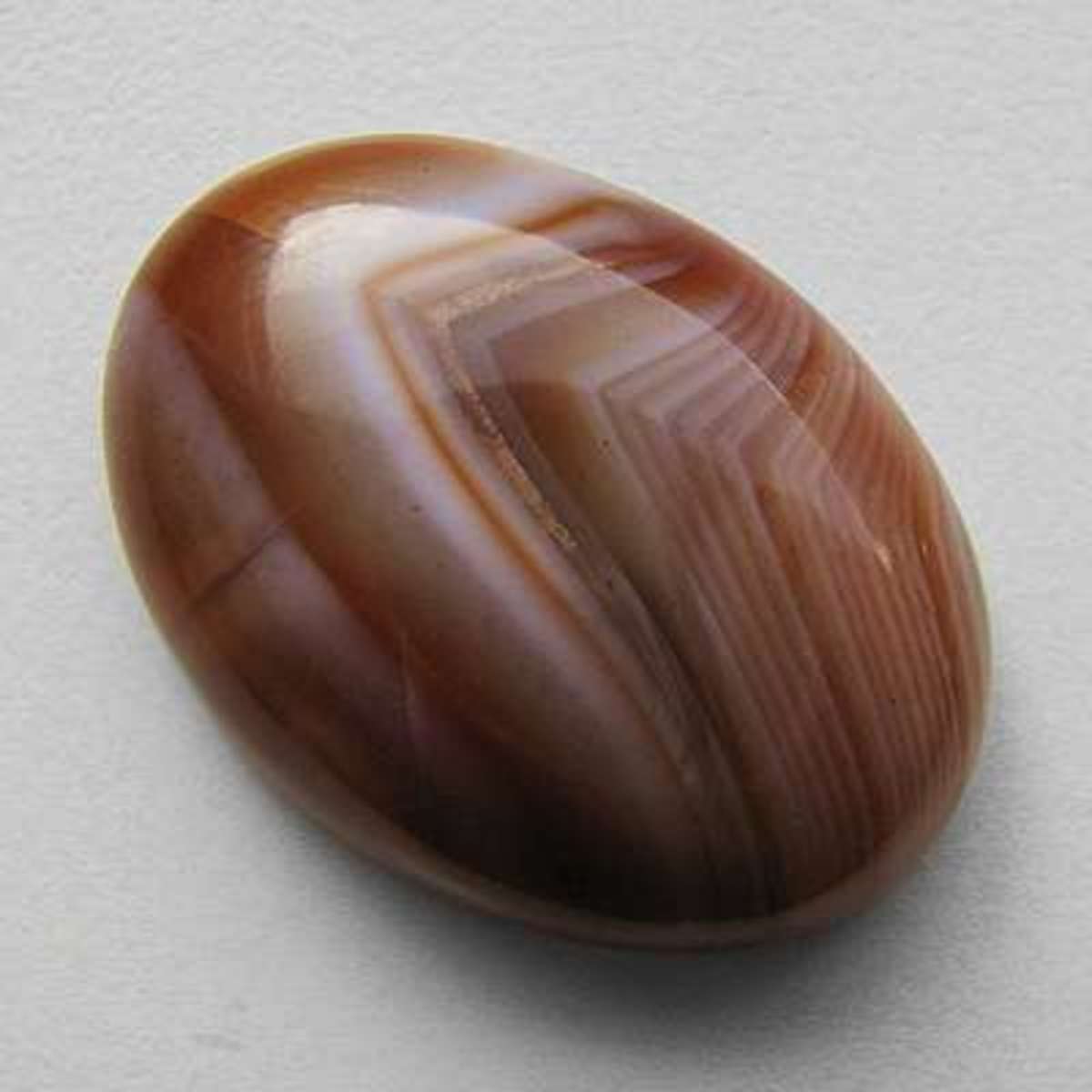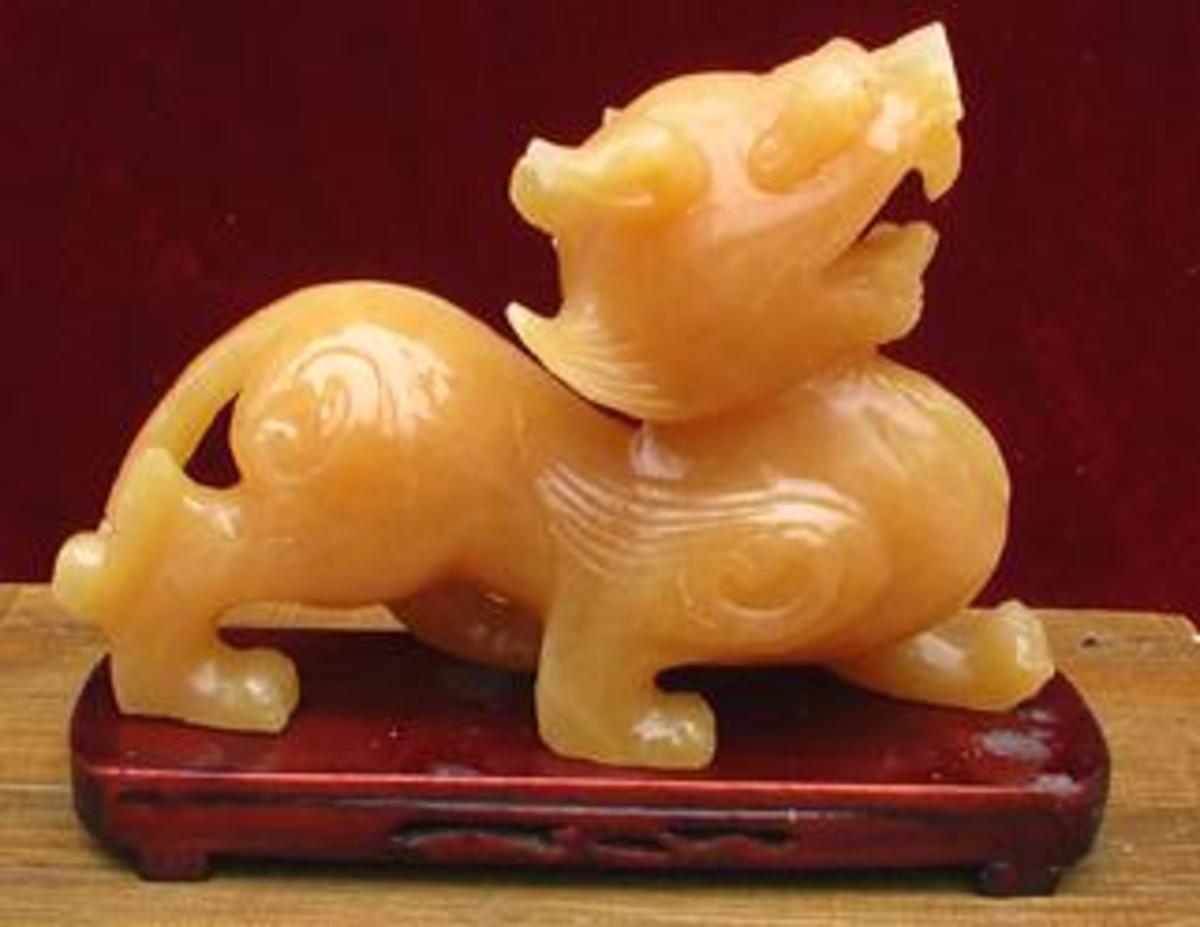- HubPages»
- Fashion and Beauty»
- Jewelry»
- Gemstones
Is There Such a Thing as Red Jade?
Red Jade: A Confusing Stone
There supposed to be another type of jade that is the red jade, as least this is what people call it (whatever it really is), which is a reddish-brown mineral. It usually has only one color. It is a popular jade in China, often mixed with gold and sterling silver or other gemstones in jewellry like rings. It is said red jade is found in the USA, Myanmar, Russia, China, Italy, and along the Middle East. Some say it is rare and expensive, some say It can be easily found in many places and is produced in large quantity, therefore a very common and inexpensive. So what is the truth? Are people talking about the same gemstone?
I didn't know much about jade myself, even though I came from China, and have had quite a few pieces of jade jewelry (like fire jade bracelet, which I thought was chicken blood jade; few green jade rings and pendants). After I decided to write about jade, something represents a large portion of Chinese culture, I had to do some research, then I realized that I actually knew nothing about this stone. When it comes to red jade, it becomes especially confusing. I've seen lots of red amulets in China, labeled as red jade; I've also seen enough of jade jewelry listed as red jade on ebay and amazon. But are they really red jade? There are few gemstones that look quite similar to red jade, but they are either carnelian (or cornelian) or red chalcedony.
Red Jade Jewelry Sale
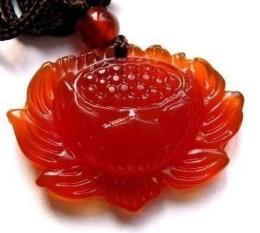
What is Carnelian or Cornelian
Carnelian (or cornelian), also known as Mecca stone, is a reddish brown mineral that is commonly used as a semi-precious gemstone. It is similar to sard, a gemstone that is generally harder and darker. The difference is not rigidly defined so the two names are often used interchangeably. They both are varieties of the silica mineral chalcedony, only colored by impurities of iron oxide, so they all have red as the base color. The color can vary greatly, ranging from pale orange to an intense almost-black coloration.
The chemical composition for carnelian is SiO2; it has the structure of aphanitic rocks, with hardness of 6.5-7; it is the symbol of energy improvement.
Carnelian Rings
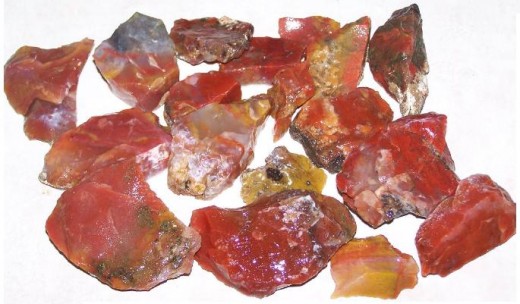
What is Chalcedony
Chalcedony is a cryptocrystalline form of silica composed of very fine inter growths of quartz and moganite minerals. Chalcedony's standard chemical structure is SiO2, just like carnelian. Chalcedony has a waxy luster, and can be translucent or semi-transparent. It can assume a wide range of colors, those most commonly seen are white to gray, grayish-blue or a shade of brown ranging from pale to nearly black.
Chalcedony occurs in a wide range of varieties. Many semi-precious gemstones are in fact forms of chalcedony. The following stones are some notable varieties of chalcedony: agate, aventurine, carnelian, chrysoprase, heliotrope, moss agate, mtorolite, and onyx.
Are You Really Buying A Red Jade Jewelry
Based on my research across all sorts of sites, including Wiki and some Chinese websites, I've had these findings: there is simply no such thing as red jade! The gem I thought was chicken blood jade is actually bloodstone, since it looks very much like a type of jade visually; the chicken blood jade turned out to be just fire jade (explained below); what's mistaken as red jade in Chinese is actually either carnelian (or cornelian) or red chalcedony!
Here is a bit more on what caused such confusion: In Chinese, Yu (jade in English) refers to a lot of gemstones, depending on how it's used, it could simply mean precious/semi-precious stones, while the original meaning of Yu really means jade. The so-called red jade in China is 红玉髓, which means carnelian or red chalcedony, because there is a Yu (玉)in it, it is often mistaken as just 红玉 (red jade). There is another type of stone in China called 鸡血石 (chicken blood stone) or 鸡血玉 (chicken blood jade - "jade" here means gemstone), it looks so much like a kind of nephrite jade and it has a long history, special meanings and a beautiful legend fairy tale, but it is actually bloodstone. The chicken blood jade that I used to think was the bloodstone is merely fire jade. Confused enough?
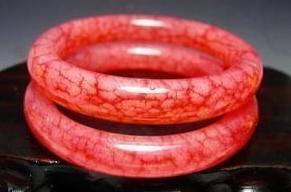
Fire Jade & Vulcan Jade
I didn't know there was such thing as fire jade till my recent research. To my understanding, fire jade is not a separate type of jade, but rather a result of metal working, so often it is considered not a real jade. Fire jade is created when a piece is burned in fire, and the result is usually the same color with cracks or veins running through the piece. They are commonly a red-yellow or orange mix, which give it a fiery appearance. There's also another red jade named Vulcan jade, which is pure reddish with yellow and orange markings. This type of jade has absorbed iron oxide through its porous skin giving it colors of red, orange and yellow. Vulcan and fire jade are both highly desirable jades for their color, and are universally used as a gemstone for jewelry, and in the old days, were used for cooking by natives. Fire jade has no cultural meaning.
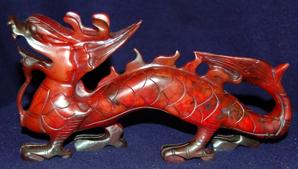
The Conclusion: There is Officially No Red Jade Stone
So as of now, the conclusion from my personal findings is that there is basically no red jade. This may sound awkward and untrue, but I just can't find anything else to support a different say. I can't find red jade in China, nothing from Wikipedia either (there is a "red jade', but that is about Ericsson's unreleased handheld console). So obviously everyone's calling something that is not red jade red jade, some stones with red color, that is it! Unless you call bloodstone (chicken blood jade, in Chinese) the red jade, then there is indeed no such thing as red jade!
So when you are buying a red jade jewelry thinking it is one of the greatest Gift Ideas, you are really buying a piece of carnelian or red chalcedony jewelry.




